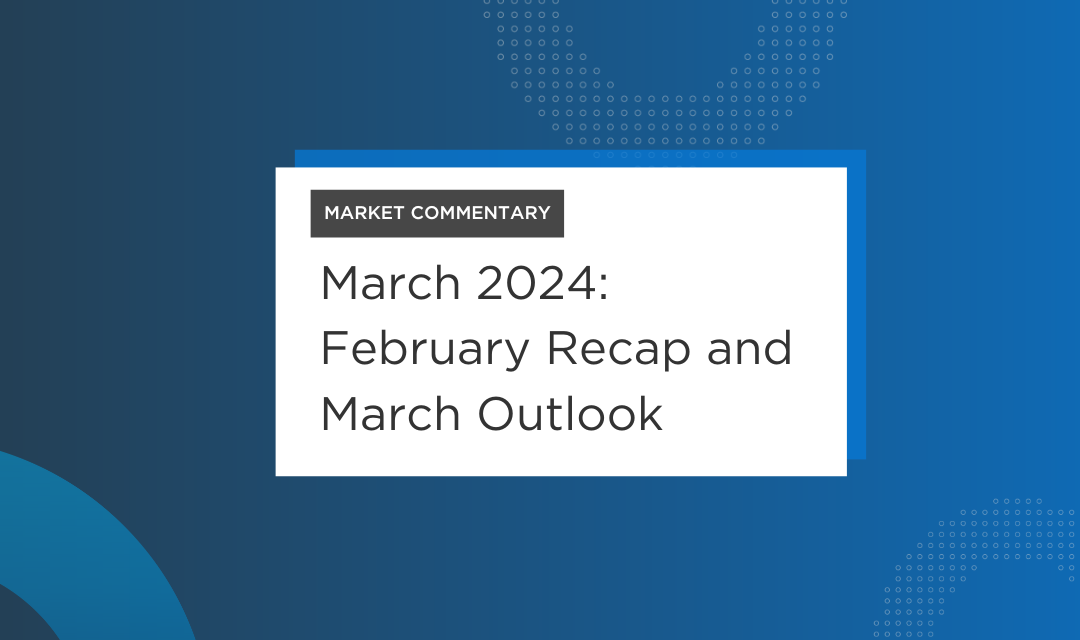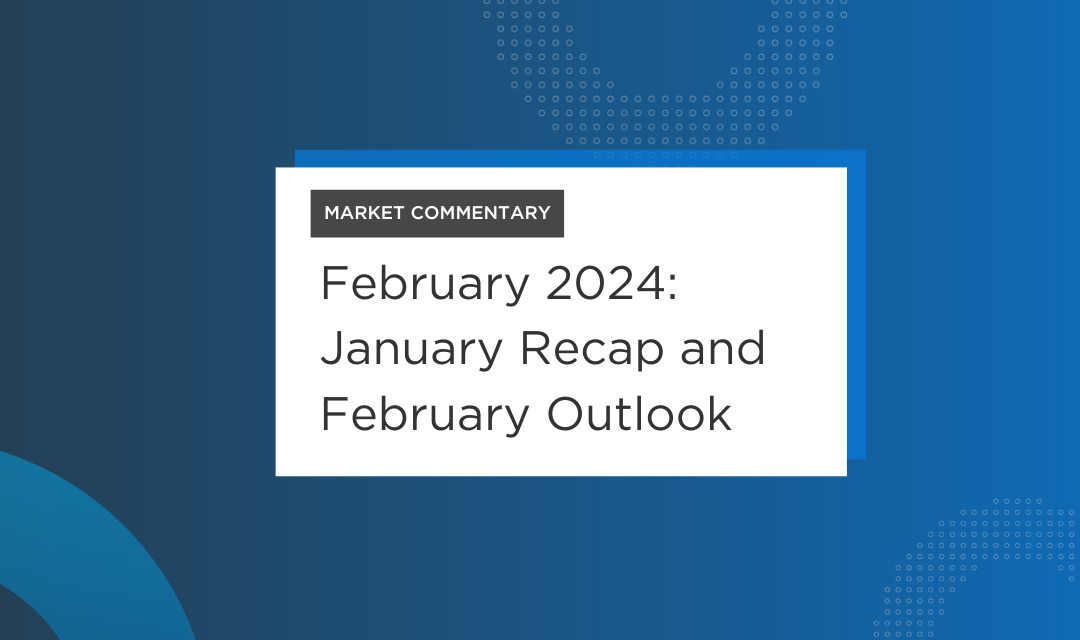The most important step is simply being proactive and picking up the phone. Letting your loans go into default is not an option. Most student loans are not dischargeable even if you declare bankruptcy. If you have federal loans in default, the government can garnish your wages, seize any eligible federal benefits, and take your tax refund. And then there’s the penalties, fees, and interest you’ll add on top of what you already owe. Don’t go there. Try these options instead.
Contact your lender. This is the first and most critical step. Explain your situation and ask about any other options that are available to you. Take notes or record the call, and keep all written correspondence you receive for your records.
Change your repayment plan. If you have a federal student loan, you may be able to change from the standard 10-year plan to a more flexible plan that will let you pay a reduced amount per month and may have an option to forgive any outstanding balance after 20 years. Check the Department of Education website for more detailed information.
Consider consolidating your loans. This can be an option when you have multiple federal loans, and of course it’s easier to make a single monthly payment. It costs nothing to apply, and most federal loans are eligible. But be sure to weigh the pros and cons. Consolidation can give you up to 30 years to repay the loan and lower your total monthly payment, but you’ll pay more in interest and lose the option to get interest rate discounts and potential loan forgiveness or cancellation benefits.
Consider suspending your loan payments. Also known as forbearance or deferment, this is a more expensive solution because interest on the loan continues to accumulate and becomes part of the loan principal. The net result is that you wind up paying interest on top of interest. Not the best option but it’s definitely preferable to defaulting on your loan. It can be a viable solution in situations where you have a temporary issue, such as a job loss or medical leave of absence.
See if you qualify for loan forgiveness. The Department of Education offers loan forgiveness for several categories of borrowers. The Public Service Loan Forgiveness (PSLF) Program forgives the remaining balance after you have made 120 qualifying monthly payments under a qualifying repayment plan while working full-time for a qualifying employer (primarily state, local and federal governments or nonprofits). That’s a lot of qualifying, and the catch is that you must be enrolled in the PSLF program to have payments count toward the 120 needed for loan forgiveness. The Teacher Loan Forgiveness Program forgives up to $17,500 for those teaching full-time for five complete and consecutive academic years in a low-income school or educational service agency. If you are are totally and permanently disabled you may also qualify for loan forgiveness. See the complete list here. Be aware that you’ll need to pay taxes on the outstanding amount of the loan forgiven under these programs—the IRS considers it to be income.
Automate your payments. Once you’ve gotten your payment situation back on track, consider automating your new monthly payment by setting up a regular withdrawal from your checking or savings account to make sure you don’t miss a payment. In some cases, automating payments can even lower your interest rate a little.


